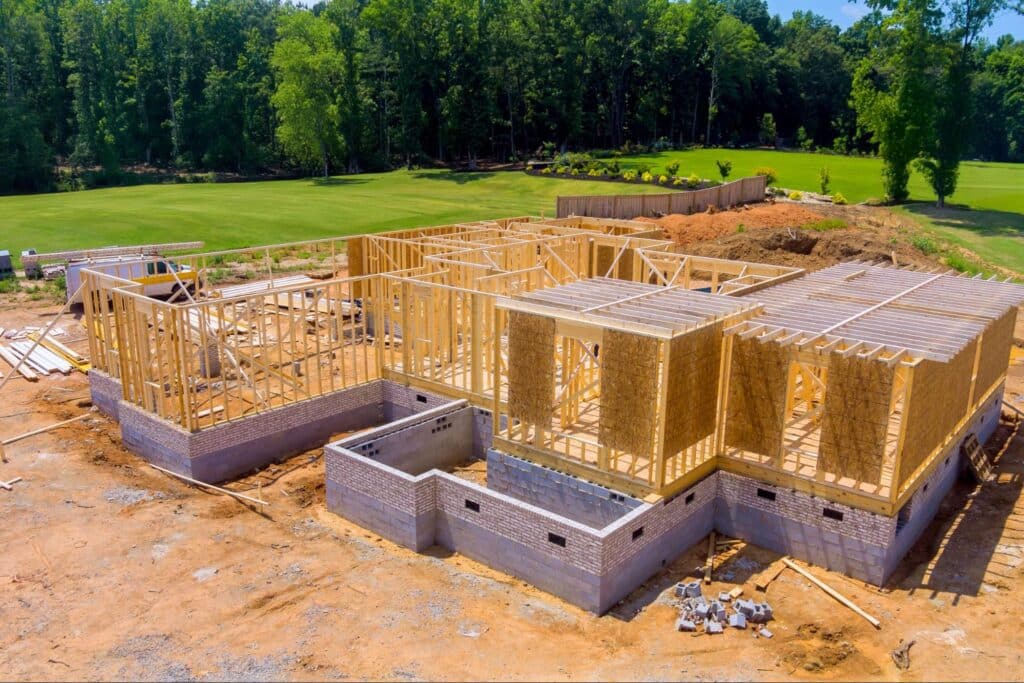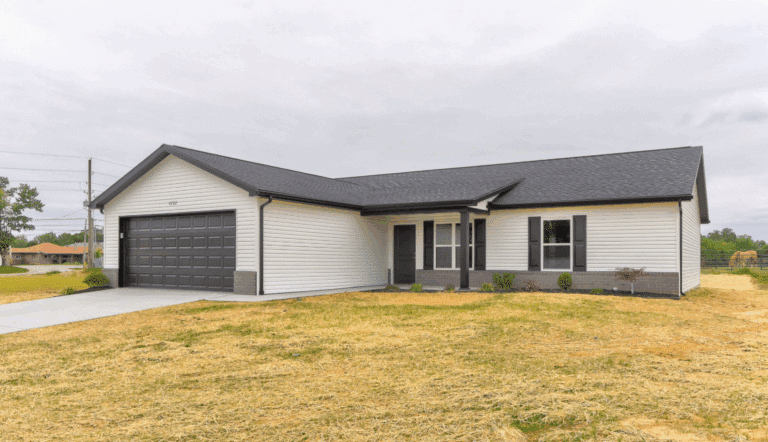Building a home is a significant investment that can be both rewarding and manageable with the right approach. Rising expenses, unexpected fees, and lengthy construction timelines may seem daunting. However, by employing cost-effective home building strategies—such as sticking to a well-planned budget, selecting standardized floor plans, and partnering with a reputable home builder—you can create a high-quality, affordable home without undue stress.
This guide offers practical suggestions to keep costs in check while helping you realize your dream home.
Benefits of Building a Home vs. Buying Pre-Built
While purchasing an existing home may seem like a simpler path, constructing a new home offers a powerful combination of customization and modern efficiency. By starting from a clean slate, you gain control over your home’s design and performance, creating a space that is not only perfectly tailored to your lifestyle but also engineered for potentially lower costs and fewer headaches for years to come.
Complete Customization and Modern Design
Building new grants you the freedom to design a home that truly fits your needs. You can create open-concept layouts, integrate smart home technology, and optimize ventilation systems for enhanced comfort. In some cases, this level of personalization can prove more cost-effective than undertaking major renovations on an older property, where unexpected structural or systemic issues can quickly derail your budget.
Superior Energy Efficiency and Lower Utility Bills
A newly built home is a high-performance machine designed to meet contemporary energy standards. You can incorporate features like Energy Star appliances, high-R-value insulation, and double-glazed windows, as recommended by the U.S. Department of Energy.
These upgrades lead to a significant reduction in monthly utility bills and a smaller environmental footprint. Over the life of your mortgage, these accumulated energy savings can be substantial, adding directly to your home’s overall value.
Reduced Maintenance and Long-Term Durability
One of the most significant advantages of a new build is the peace of mind that comes with brand-new components. Older homes often hide costly surprises like outdated wiring, failing plumbing, or compromised foundations that lead to unwelcome repair bills. When you build new, everything from the roof and HVAC system to the appliances is new and often under warranty. This drastically reduces the likelihood of needing major repairs in the near future, saving you both money and stress.
Built to Modern Codes for Lasting Value
Your new home will be constructed to meet the latest building codes, such as the Indiana Residential Code. These modern standards ensure higher levels of safety, structural integrity, and durability compared to older homes. This compliance not only safeguards your family but also enhances your property’s long-term market appeal and can even lead to benefits with home insurance. By investing in a home built to today’s rigorous standards, you are making a proactive choice that protects your investment for the future.
Mastering Your Budget: The Foundation of Your Build
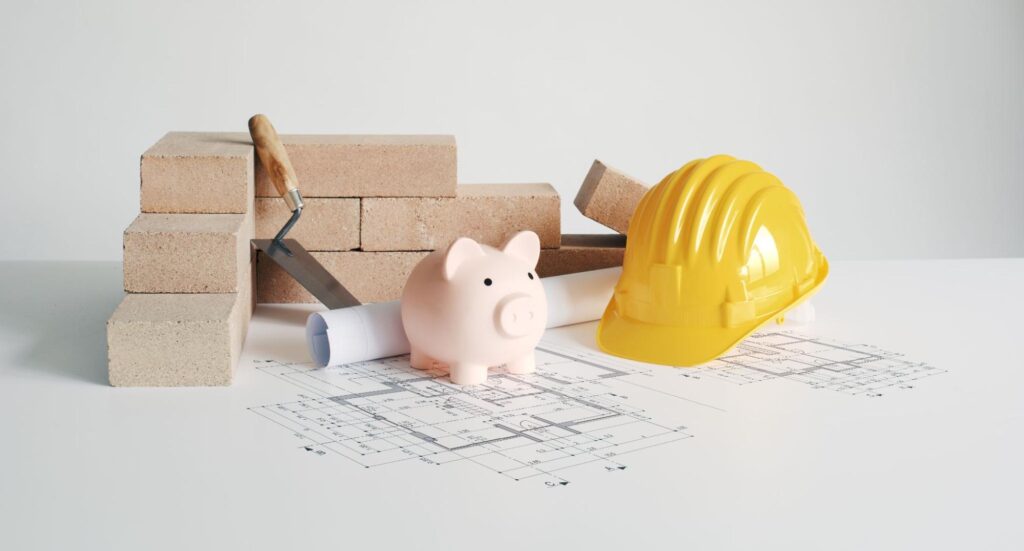
A carefully planned and actively managed budget is the single most important tool for a successful, stress-free construction project. It lays the groundwork for every decision you’ll make, minimizing surprises and keeping your project on track from site preparation to final finishes.
According to the National Association of Home Builders, a structured budget is crucial for maintaining financial control. By approaching your budget strategically, you can prioritize essential features while reserving the flexibility to handle unexpected costs or future improvements.
Here is a comprehensive approach to building and managing your home-building budget:
- Outline All Potential Costs: Start by creating a detailed list of every anticipated expense. Go beyond the obvious and include costs for land purchase and preparation, permit fees, utility connections, architectural designs, materials, labor, and landscaping.
- Set Clear Financial Goals: Break down your budget by construction phase—such as land leveling, foundation, framing, and interior finishing—to track spending more effectively. It’s also wise to set long-term goals, reserving funds for future upgrades or expansions you may want a few years down the line.
- Prioritize and Get Quotes: Allocate the largest portion of your budget to the features that matter most to you. Lower-priority items or cosmetic upgrades can often wait until after you move in. For major systems like roofing, siding, or HVAC, be sure to gather multiple quotes to compare costs and warranties.
- Build a Contingency Fund: No matter how well you plan, unexpected costs can arise. Experts recommend setting aside a contingency fund of at least 10-15% of your total construction budget. This safety net ensures that unforeseen issues don’t jeopardize your project’s timeline or force you to compromise on essential features.
- Research Local Incentives and Financing: Proactively researching financial factors can significantly impact your bottom line. Consult with local financial institutions early to explore construction loan options and get pre-approved to establish a clear spending limit. Inquire about any state or county incentives, as some Indiana localities may offer tax benefits or reduced fees for certain types of residential construction. Resources from the Indiana Housing & Community Development Authority can also help you identify grants or loans that might lower your overall costs.
- Review and Adjust Regularly: Your budget is a living document. Periodically review your spending against your plan with your builder. This allows you to address any challenges promptly, make informed decisions, and maintain financial control throughout the entire building process.
The Four Pillars of a Cost-Effective Home Building
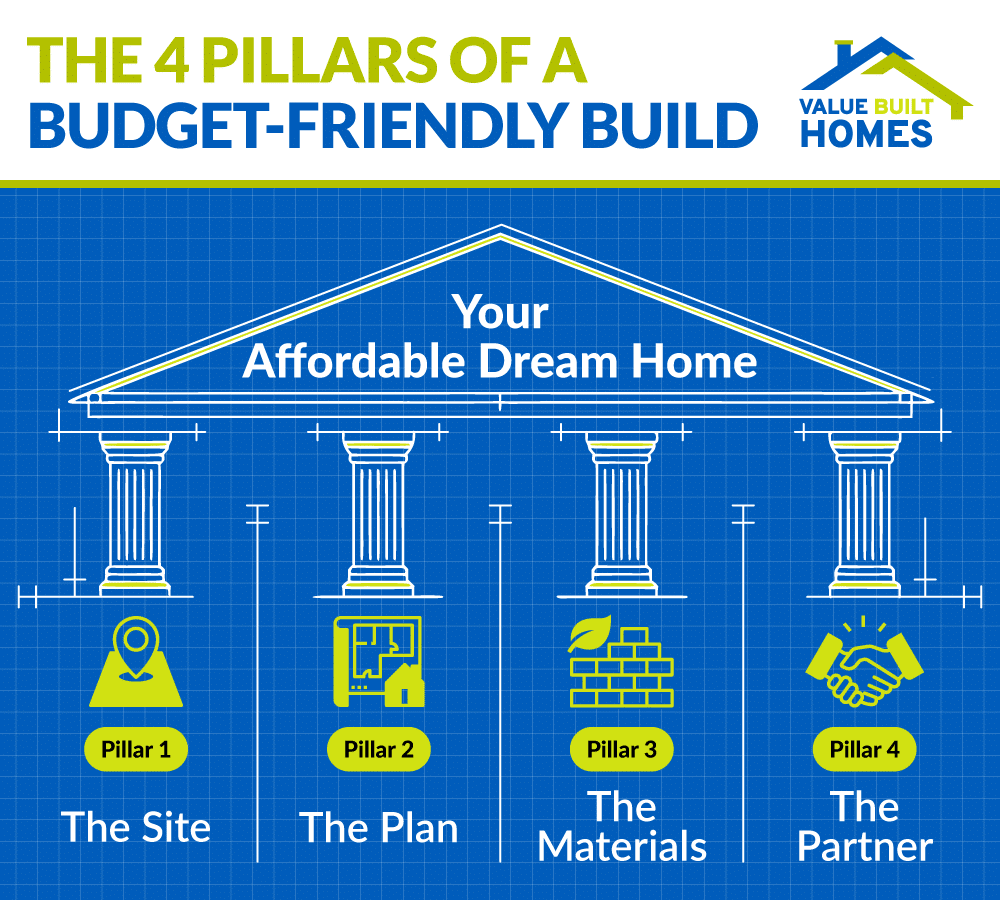
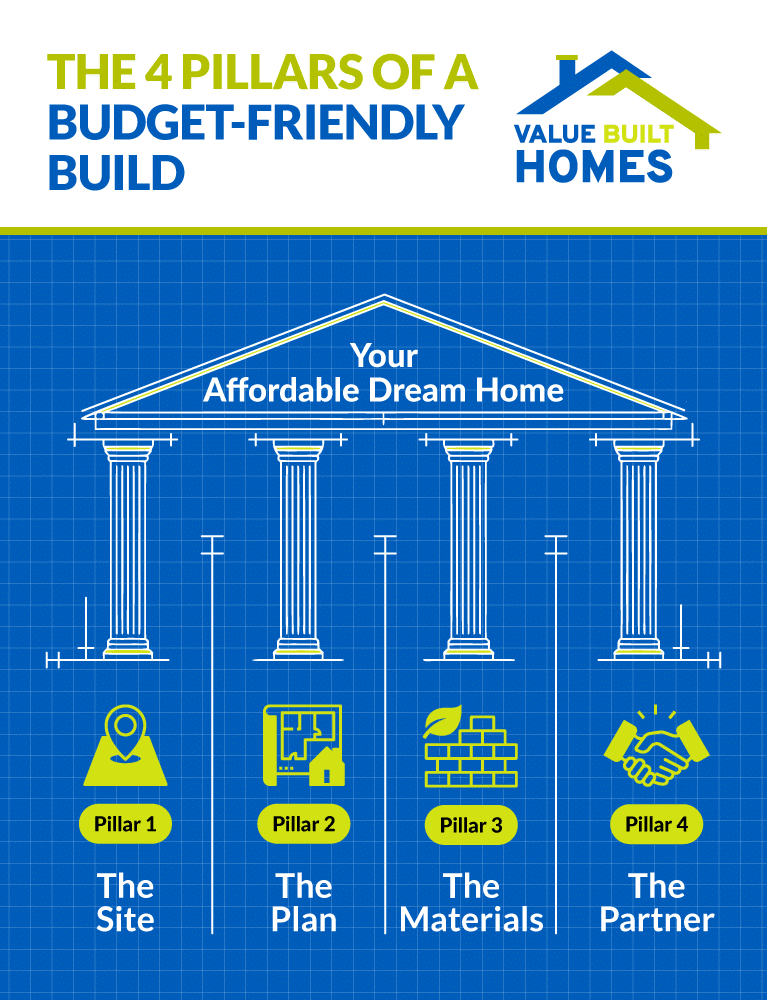
Once your budget is established, the path to an affordable, high-quality home rests on four critical pillars. These foundational decisions—where you build, what you build, what you build it with, and who you build it with—have the greatest impact on your project’s overall cost and success. By making smart, strategic choices in each of these areas, you can maintain control over your expenses without compromising on your vision.
Pillar 1: Site Selection: Maximizing Value for Your Investment
The right plot of land can save you thousands before construction even begins. An ideal site in Indiana not only fits your lifestyle but also minimizes the need for expensive preparation work.
- Look for Buildable Lots: Seek out parcels that are relatively flat and clear, as this reduces the need for extensive grading, excavation, or tree removal.
- Verify Utilities and Access: Ensure the property has straightforward access to essential utilities like water, sewer or septic, and electricity. Remote connections can add significant costs.
- Understand Local Regulations: Partner with a builder experienced in the region to understand local zoning laws and soil conditions. Proper due diligence, including soil tests and boundary surveys, helps prevent costly surprises down the road.
Pillar 2: Choosing Standardized Floor Plans to Reduce Costs
While a fully custom design is appealing, standardized floor plans offer one of the most effective ways to contain building expenses. These pre-designed, builder-tested layouts streamline the entire construction process.
- Bypass Expensive Design Fees: Standardized plans eliminate the high costs and lengthy timelines associated with creating a custom architectural design from scratch.
- Increase Construction Efficiency: Builders who are familiar with a specific set of plans can work more quickly and accurately, reducing labor costs and minimizing material waste.
- Balance Cost and Customization: While the structure is set, you still have the freedom to personalize key elements like paint colors, flooring, fixtures, and appliances, allowing you to create a home that reflects your style without breaking the bank.
Pillar 3: Selecting Cost-Effective Materials for Long-Term Savings
Your material choices directly impact both your upfront costs and your home’s long-term maintenance expenses. The key is to find the sweet spot between affordability and durability.
- Focus on Life-Cycle Costs: Compare not just the initial price but also the expected lifespan and maintenance needs of materials. A roof with a 30-year warranty, for example, may be a wiser investment than a cheaper option that needs replacing in 15 years.
- Choose Durable, Low-Maintenance Options: Materials like engineered wood, fiber cement siding, and sturdy laminate or vinyl flooring offer the look of premium products at a lower cost and with less upkeep.
- Invest in the Building Envelope: Prioritize energy-efficient upgrades like quality insulation and double-glazed windows. These choices may have a higher initial cost but will deliver substantial savings on your utility bills for decades, especially in a state like Indiana with its varied climate.
Pillar 4: Partnering with the Right Home Builder
Selecting an experienced and reputable home builder is the single most important decision you will make. The right partner acts as your guide, advocate, and project manager, ensuring your build stays on budget and on schedule.
- Seek Proven Experience: Look for builders with a strong track record in affordable, site-built homes. In Indiana, a company like Value Built Homes leverages deep familiarity with local codes and land considerations to streamline the process.
- Prioritize Transparency and Communication: A great builder provides clear cost breakdowns, maintains regular contact, and helps you navigate the complex permitting process. This transparency minimizes surprises and empowers you to make informed decisions.
- Leverage Their Network: A trustworthy builder can help you source high-quality materials at reasonable prices and effectively coordinate subcontractors, ensuring a smooth and efficient build from start to finish.
Building Smarter: How Modern Methods and Technology Save You Money
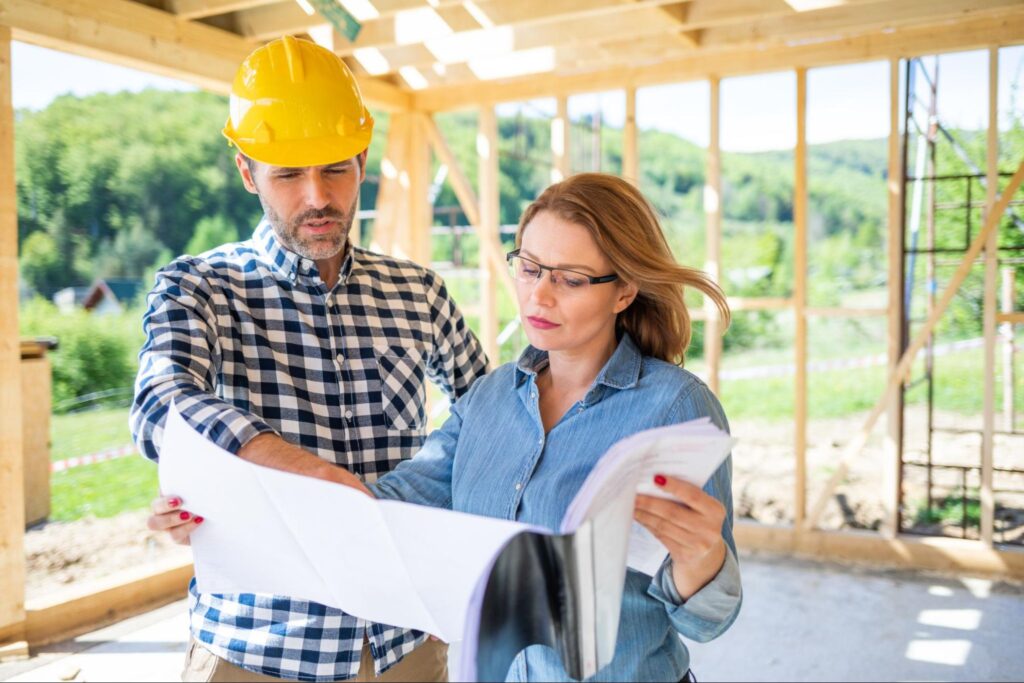
The future of home building is here, and it’s more efficient and affordable than ever. By embracing innovative construction techniques and leveraging modern technology, builders can significantly reduce waste, shorten timelines, and improve the overall quality of your new home.
These smart methods translate directly into cost savings for you, both during construction and for years to come.
Innovative Construction for a Faster, Leaner Build
New building methodologies are transforming the construction landscape by moving key processes from the chaotic job site into controlled factory environments.
- Prefabrication and Modular Assembly: Building components like walls, floor systems, or even entire rooms off-site leads to higher quality control, less material waste, and faster on-site assembly. This approach minimizes weather-related delays—a common cause of budget overruns—and often reduces the need for costly post-construction corrections.
- Advanced Materials: The development of stronger, lighter, and more sustainable building materials can also help lower costs. These innovations often require less labor to install and offer superior performance in terms of durability and energy efficiency over the lifespan of your home.
Leveraging Technology from Blueprint to Smart Home
Digital tools play a pivotal role in streamlining the entire home building journey, ensuring greater accuracy, transparency, and long-term performance.
- During Construction: Technology enhances collaboration and efficiency. Digital renderings and 3D modeling allow you to visualize your home before construction begins, preventing costly changes down the line. Real-time project management platforms keep you and your builder perfectly coordinated, ensuring materials arrive on time and tasks remain on schedule. This level of transparency saves both time and money.
- After You Move In: The savings continue with the integration of smart home technology. Devices like programmable thermostats, automated lighting, and energy-monitoring systems can dramatically reduce your monthly utility bills. According to the Environmental Protection Agency, energy-efficient features not only save money but can also contribute to improved indoor air quality and a more comfortable, convenient living environment.
Achieving Success with Cost-Effective Home Building
Cost-effective home building isn’t about cutting corners; it’s a balanced blend of strategic planning, smart decision-making, and collaboration with trusted professionals. By first understanding the powerful long-term financial benefits of building a new home, you can then lay a solid foundation with a comprehensive budget. From there, success hinges on the four key pillars of an affordable project: thoughtful site selection, efficient standardized floor plans, durable materials, and most importantly, a partnership with an experienced builder.
This structured approach transforms a potentially overwhelming process into a manageable journey, creating a quality residence that meets your needs today while offering lasting value for the future. By embracing modern building methods and partnering with a team like Value Built Homes, you can confidently turn your dream of an affordable, high-quality home into a reality. Contact the team at Value Built Homes and allow us to guide you through every step of this proven process. Learn how we make high-quality homeownership affordable.

